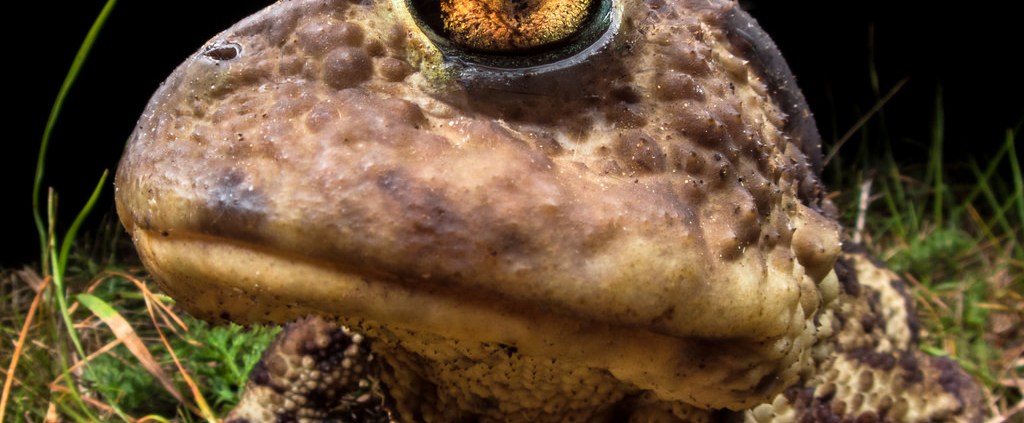
Some people scream, some people squirm, some people are like John Hallmén and run right up close to take a photograph. It's all about perspective. Bugs surround us, in fact invertebrates make up 95% of all animal species on Earth. Although it isn't just their popularity that lead them to become Hallmén's main photography subjects.
Son of a botanist, Hallmén retained a fascination with nature since youth so when asked why bugs of all things has kept his attention, he responded:
“I grew up during the first Star Wars hype. When I discovered that you could find these fantastic looking creatures just by peeking underneath rocks in the backyard I was hooked. Up close they all looked like something out of a sci-fi movie! Of course I wanted to know what they were called and by deciphering field guides I learned how to read as a bonus. Ever since then, the more I learn about bugs – about their behavior and the different roles they play in the ecosystem – the more they appear as the main characters of this world.”
But in short my answer is the same today as it would’ve been 35 years ago: because they look cool little monsters!”
This self taught photographer is fortunate enough to live beside a natural reserve in Stockholm, Sweden where the majority of his subjects are found in a small space approximately 25×25 meters. Within this space he uses two very different approaches. (Feel free to grab a pen and take some notes. This is free photography instruction!)
1. Handheld – Subjects are pursued on foot with a handheld camera during the day. Blur occurring with motion is avoided by using the camera’s flash.
2. Tripod – Using a tripod is best when the subject is still, but bugs always look like they keep moving. So how do you get them to pose? Hallmén uses his interests in biology to get the best photographs:
“Since bugs are cold blooded animals their activity decreases with temperature and after a cold night you’re able to find subjects that will remain perfectly still, even if you’re just centimeters away from them with your camera. So, when conditions are right (no wind, relatively cold conditions), I always set my alarm early (in June this means ≈ 3am) so that I can be on site just before sunrise. This gives me the opportunity to capture my subjects in their natural environment without the need for a flash or fast shutter speed to freeze the action. These conditions also allow me to use focus stacking in order to increase depth of field and detail resolution.”
The third approach to Hallmén’s insect photography actually occurs indoors. The original purpose for this makeshift studio was to keep active during the severe bug abstinence caused by the long Swedish winters.
3. Studio – “I have converted my closet into a micro/macro studio where I shoot dead/prepared subjects at high magnifications. Using microscope objectives and techniques developed for scientific purposes I can zoom in on details that are impossible to see with the naked eye. Also, studio photography has taught me a lot about lighting.”
With every post Hallmén makes on his Flickr he adds a bit of informative dialogue on the specifics of the insect, such as the scientific name, its previously found location and an unusual fact. Though these descriptions are a minor piece in his publishing, being able to correctly identify the subject has taken years of practice.
This is the Cerura vinula otherwise known as the Puss moth caterpillar. One of his most prized and despised photos yet, this photo always manages to evoke strong feelings from Hallmén. He originally hated the image for the many reasons critics originally pointed out- it’s all just “too much.” Hallmén elaborates on his complicated relationship with his fourth most popular photograph on Flickr:








